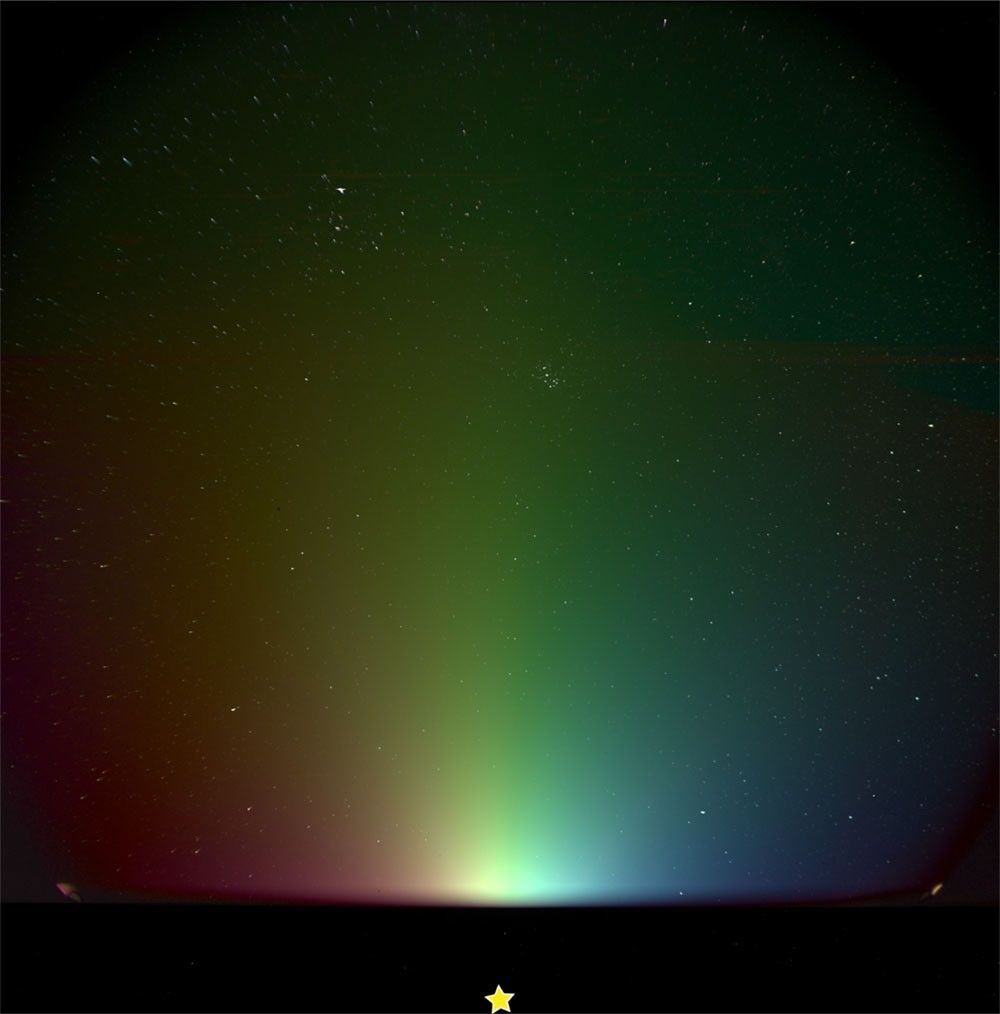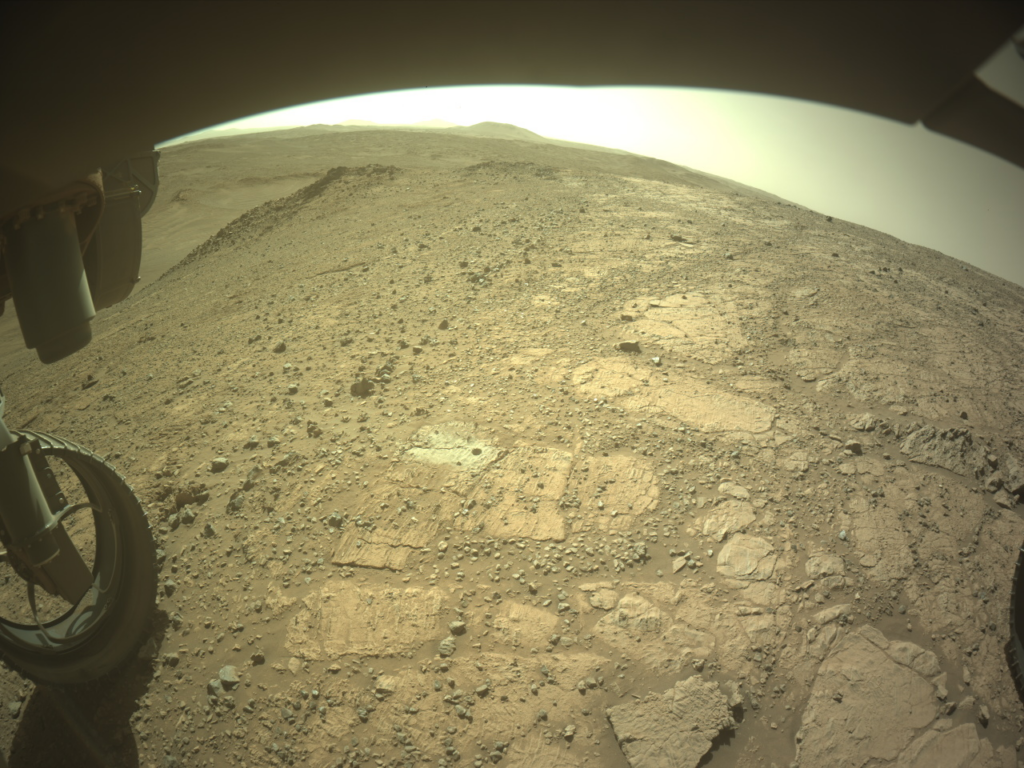Editor’s note: Arianespace’s Vega VV19 launch webcast will appear here at launch time.
Arianespace will launch a new Earth observation satellite for Airbus today (Aug. 15), along with four other tiny satellites and you can watch the liftoff live online.
An Arianespace Vega rocket, designated VV19, will launch the Pléiades Neo 4 satellites and a quartet of cubesats from the Guiana Space Center in Kourou, French Guiana in South America at 9:47 p.m. EDT (0147 Aug. 16 GMT). You can watch the launch live on this page on Space.com, courtesy of Arianespace, or directly via the company’s YouTube. The webcast should begin about 20 minutes before liftoff.
The rocket will carry Pléiades Neo 4 — the second of four very high-resolution satellites to launch as part of Airbus’ Pléiades Neo Earth-observing satellite constellation — and four CubeSats, called BRO-4, SUNSTORM, LEDSAT and RADCUBE. All of the satellites, comprising a total payload of approximately 2268 lbs. (1,029 kilograms), will be placed into a sun-synchronous orbit, according to a statement from Arianespace.
Related: Europe’s Vega rocket in photos
The mission will mark Arianespace’s seventh launch of 2021 and Vega’s second launch of 2021, or 19th mission overall, following the launch of Pléiades Neo 3 in April.
The primary payload, Pléiades Neo 4, is the second of four Earth observation satellites for a new satellite constellation built and operated by the German aerospace company Airbus Defence and Space. Pléiades Neo 5 and Pléiades Neo 6 are slated to launch in 2022 to complete the constellation.
The Pléiades Neo satellites will offer a higher resolution, greater geolocation accuracy, and twice-a-day revisits for “top-level Earth observation services now and going forward for the next ten years,” Arianespace officials said in the statement. “In addition, their reactive tasking ability allows urgent acquisitions 30 to 40 minutes following request — which is five times higher than previous satellite constellations — and respond to the most critical situations in near real-time, [which is] very useful for natural disaster[s].”

The Vega rocket will also deploy four scientific spacecraft, three of which belong to the European Space Agency (ESA) and one for Unseenlabs, a European satellite start-up. ESA’s three payloads include LEDSAT (or LED-based small SATellite), RADCUBE and SUNSTORM. LEDSAT will test the use of Light Emitting Diodes (LEDs) to identify and track the satellites while in-orbit, while RADCUBE will be used to demonstrate the use of small satellites for space weather monitoring, and SUNSTORM will use an innovative solar X-ray spectrometer to detect and characterize solar flares, or coronal mass ejections.
The final payload, BRO-4 (Breizh Reconnaissance Orbiter), is the fourth satellite of a maritime-surveillance constellation operated by Unseenlabs. This nano-satellite constellation is designed to identify electromagnetic signals from space, allowing Unseenlabs to geolocate and characterize ships at sea. The company expects to launch between 20 and 25 nano-satellites for its constellation by 2025, according to the statement.
Follow Samantha Mathewson @Sam_Ashley13. Follow us on Twitter @Spacedotcom and on Facebook.


